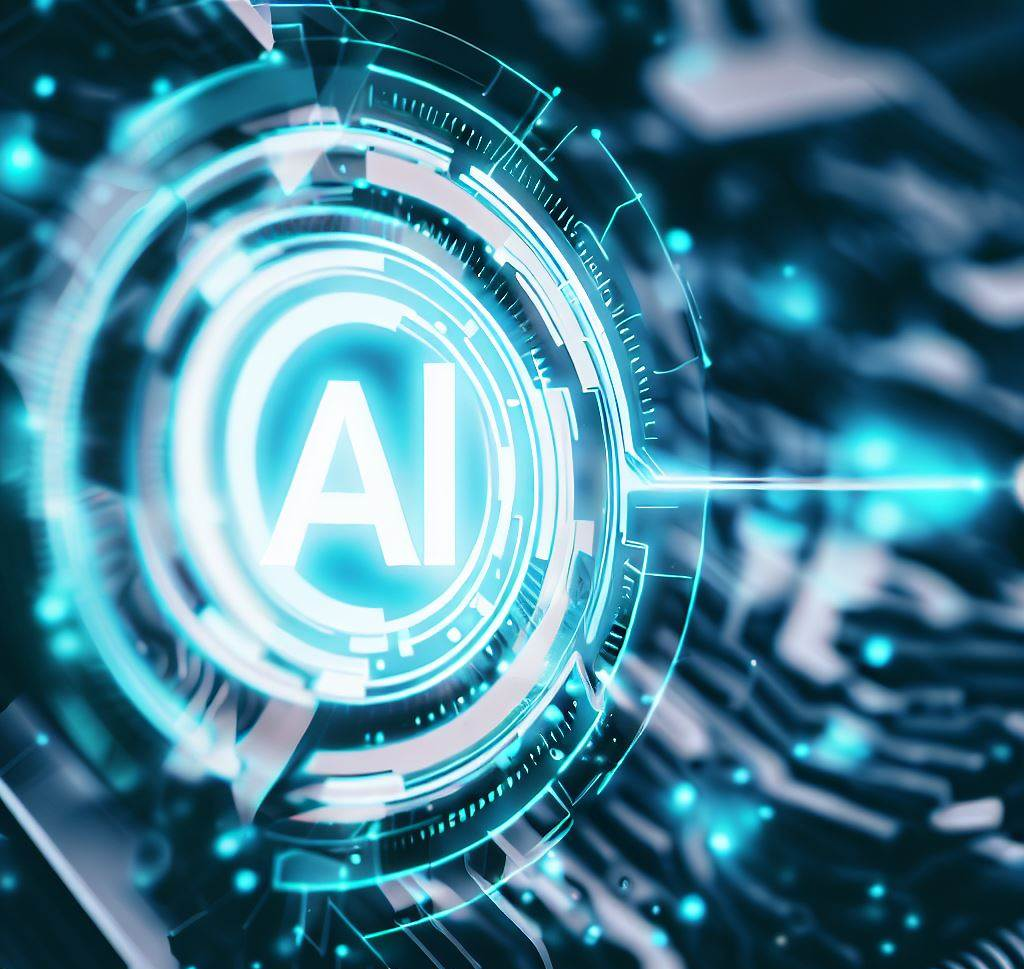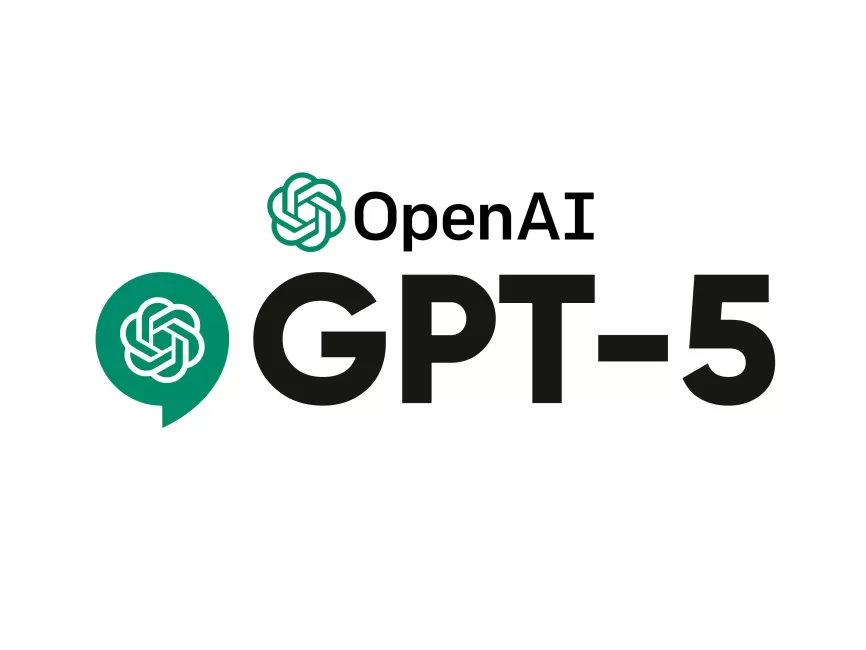we leverage the power of AI to optimize our prototypes and product designs. Using AI algorithms, we can analyze vast amounts of data and identify patterns and insights that would be impossible to detect through manual analysis. This allows us to refine our design concepts, improve the functionality of our products, and ultimately create more user-friendly and effective solutions.
Our AI-driven design process involves creating digital models and simulations of our prototypes and using machine learning algorithms to analyze their performance. This allows us to rapidly test and iterate our designs, making improvements in real-time based on the insights we gain from our AI analysis. By using AI to optimize our prototypes, we can reduce the time and cost involved in physical prototyping, while also ensuring that we create products that meet the needs of our users.
One of the key benefits of using AI in our design process is that it allows us to explore a wider range of design options and concepts than would be possible through traditional methods. AI algorithms can quickly generate and evaluate a large number of design variations, allowing us to identify the most effective solutions and refine them further. By harnessing the power of AI, we can create innovative and highly optimized products that push the boundaries of what is possible in our industry .we leverage the power of AI to optimize our prototypes and product designs. Using AI algorithms, we can analyze vast amounts of data and identify patterns and insights that would be impossible to detect through manual analysis. This allows us to refine our design concepts, improve the functionality of our products, and ultimately create more user-friendly and effective solutions.
Our AI-driven design process involves creating digital models and simulations of our prototypes and using machine learning algorithms to analyze their performance. This allows us to rapidly test and iterate our designs, making improvements in real-time based on the insights we gain from our AI analysis. By using AI to optimize our prototypes, we can reduce the time and cost involved in physical prototyping, while also ensuring that we create products that meet the needs of our users.
One of the key benefits of using AI in our design process is that it allows us to explore a wider range of design options and concepts than would be possible through traditional methods. AI algorithms can quickly generate and evaluate a large number of design variations, allowing us to identify the most effective solutions and refine them further. By harnessing the power of AI, we can create innovative and highly optimized products that push the boundaries of what is possible in our industry.
Various AI engines and architectures are available for developing language models and natural language processing applications, including BERT, ELMO, and ULMFiT. Each has its own advantages and limitations and is better suited for different tasks and use cases.
Data-driven decision-making: Companies can use analytics to make data-driven decisions throughout the product engineering process. By analyzing data from various sources, such as customer feedback, sales data, and manufacturing processes, companies can identify areas for improvement and make data-backed decisions about how to optimize their products.
Advanced simulation and modeling: Advanced simulation and modeling techniques can be used to enhance the product engineering process. For example, companies can use computer-aided engineering (CAE) software to simulate the behavior of their products under different conditions and identify potential issues before they occur. This can help companies reduce development time and costs, while also improving the quality of their products.
Design for manufacturability: Companies can optimize their products for manufacturability by considering manufacturing constraints and limitations early in the product design process. This can help reduce costs and improve efficiency throughout the manufacturing process.
Integration of emerging technologies: Emerging technologies such as artificial intelligence, machine learning, and the Internet of Things (IoT) can be integrated into the product engineering process to enhance product performance, functionality, and user experience. For example, companies can use machine learning algorithms to optimize product designs based on user feedback, or use IoT sensors to gather data on product usage and performance.
Cross-functional collaboration: Effective collaboration between engineering, design, and analytics teams is essential for enhancing solutions in product engineering and analytics. By fostering a culture of collaboration and knowledge sharing, companies can leverage the expertise of their teams to optimize their products and processes..
Chat-GPT is Leading the A.I. Industry
Chat GPT is an example of a large language model (LLM) that is built using a specific AI engine called GPT (Generative Pre-trained Transformer). GPT is a type of neural network architecture that is trained on massive amounts of text data using unsupervised learning techniques. This allows the AI to learn how to generate natural language responses to user inputs, such as questions or prompts.
There are several other AI engines and architectures that are commonly used for building language models and natural language processing (NLP) applications. These include BERT (Bidirectional Encoder Representations from Transformers), ELMO (Embeddings from Language Models), and ULMFiT (Universal Language Model Fine-tuning). Each of these engines and architectures has its own strengths and weaknesses and is suited for different types of tasks and use cases.
Overall, the field of natural language processing and AI engines is rapidly evolving, with new models and techniques being developed all the time. As a result, it’s important for developers and researchers to stay up-to-date on the latest advancements and choose the right tools for their specific needs.



